Daehan Lim
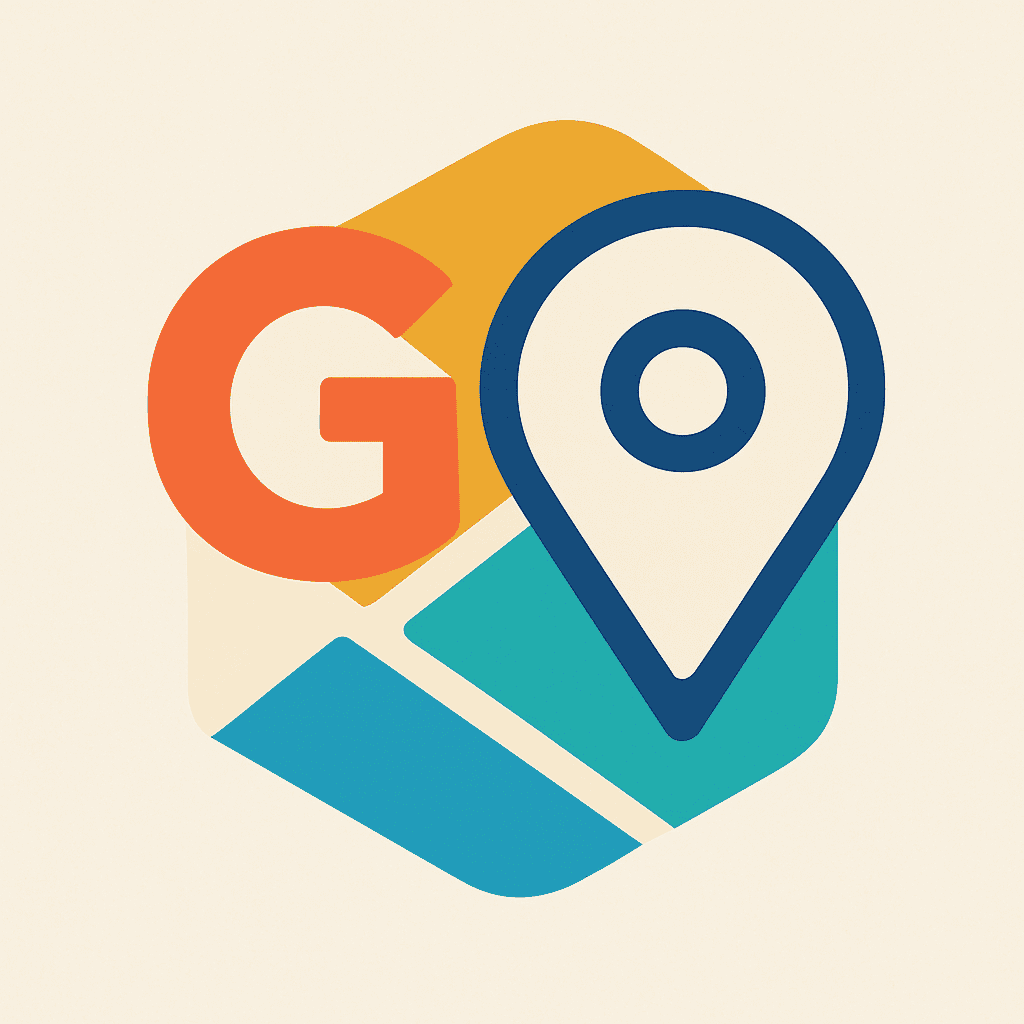
PlaceFinder - Location Search App
📝 Overview
📌 App Introduction: Mobile app for finding nearby places using Naver Local Search API and GPS location services
🕒 Duration: April 20, 2025 ~ April 22, 2025 (3 days)
📱 Platform: Flutter cross-platform app (iOS, Android)
👥 Team Size: 1 developer (Personal project)
💼 Role: Entire app UI/UX design & development, API integration
🛠️ Key Technologies: Flutter Dart Naver Local API VWorld API Riverpod Geolocator InAppWebView URL Launcher Dio
🔗 GitHub: daehan-lim/flutter-place-finder
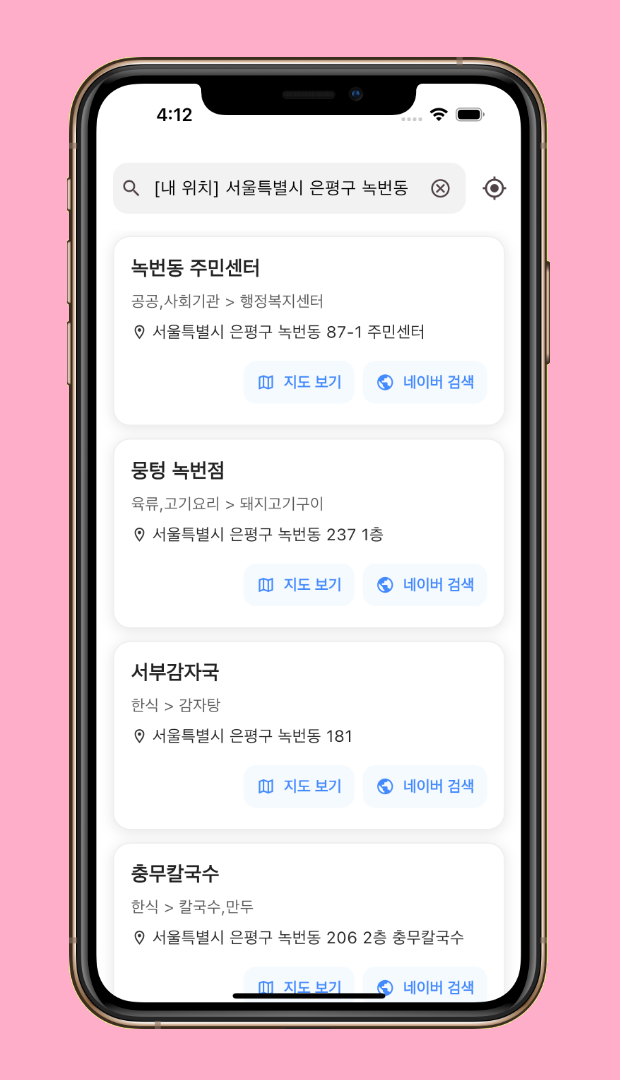
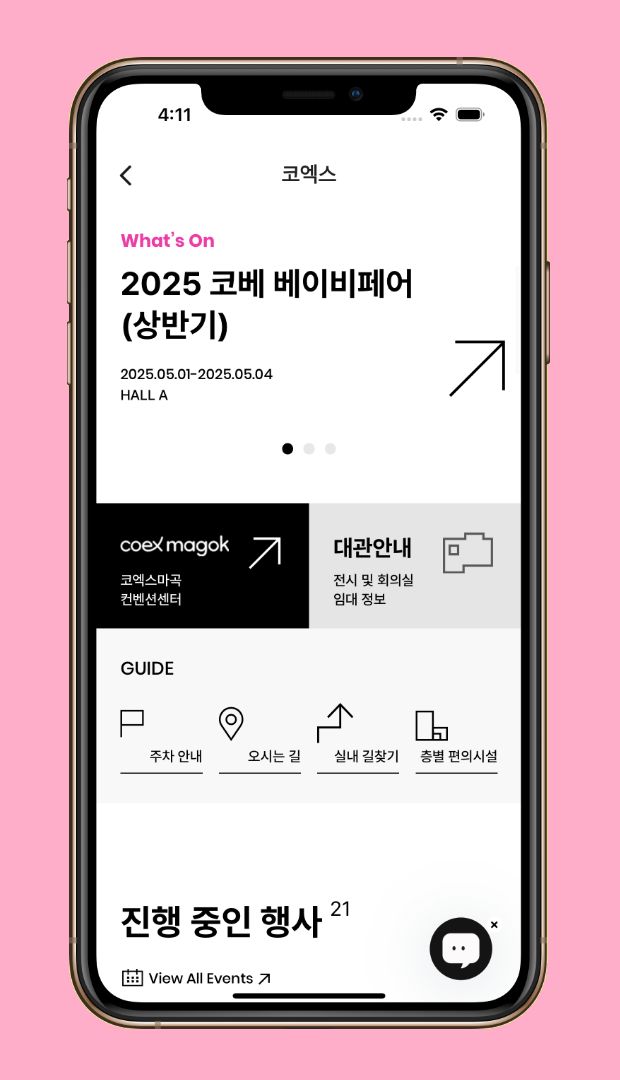
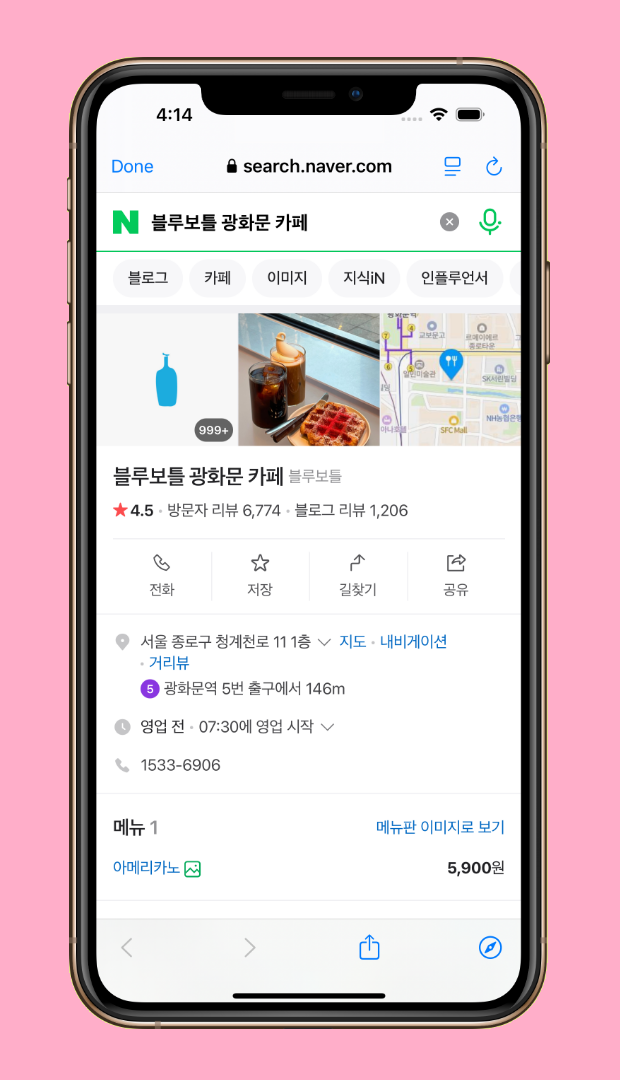
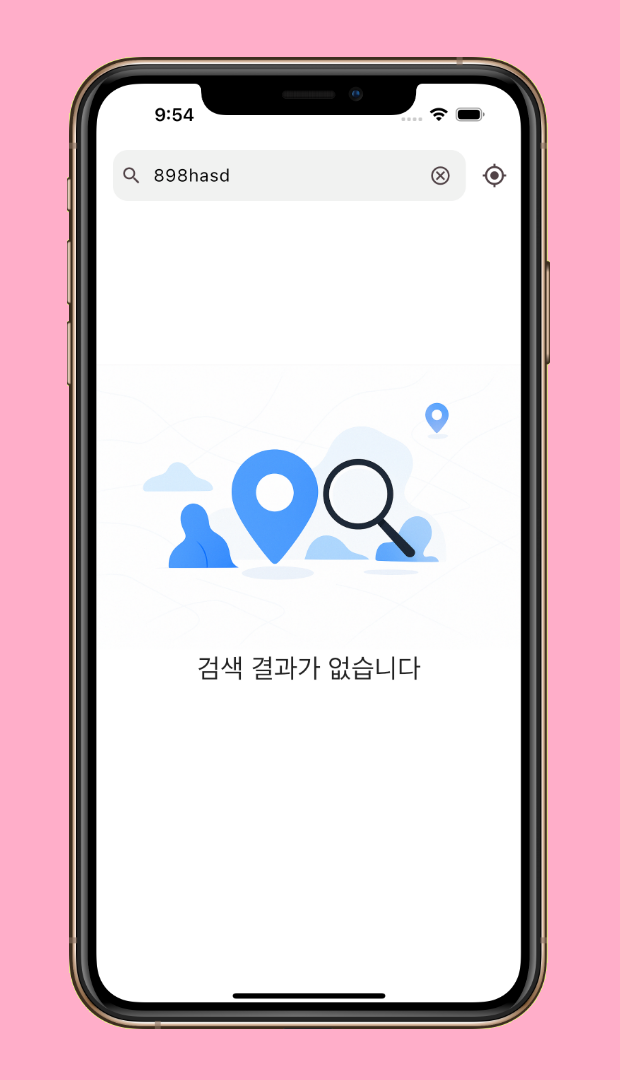
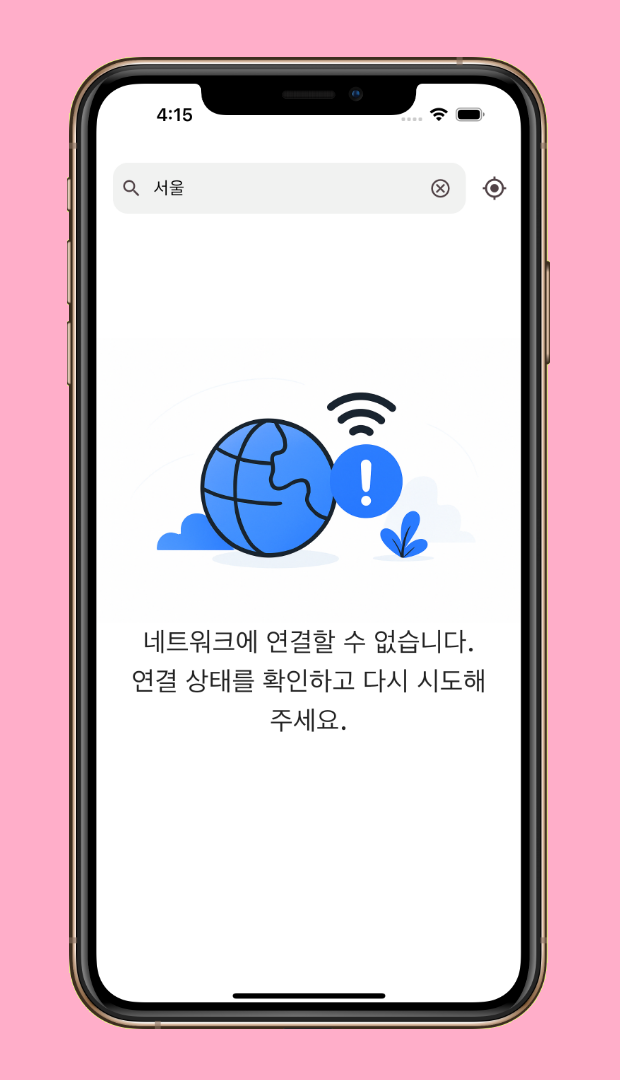
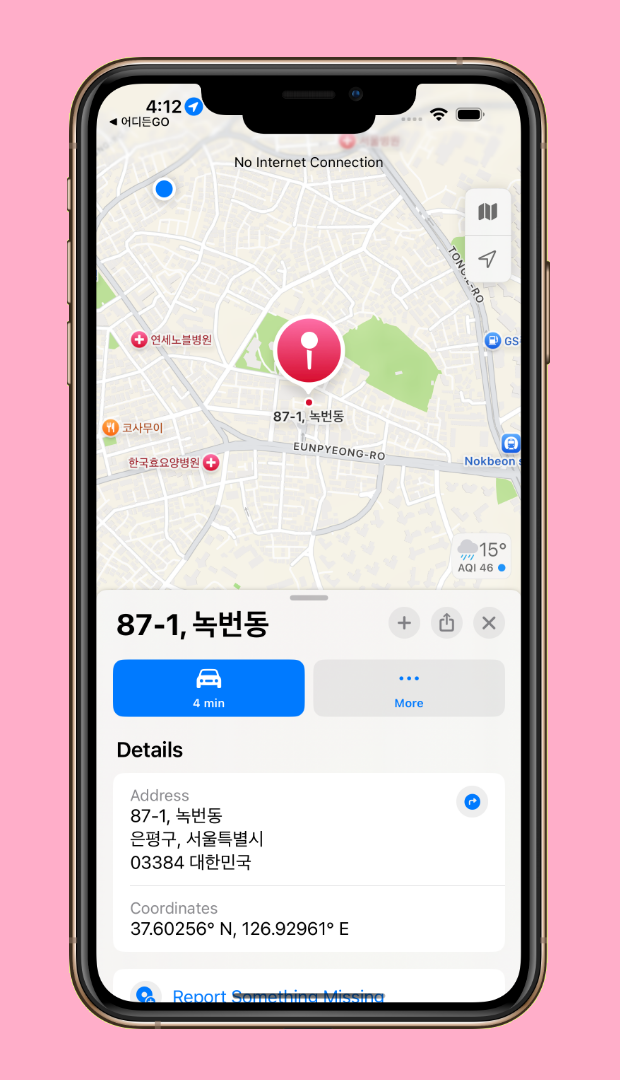
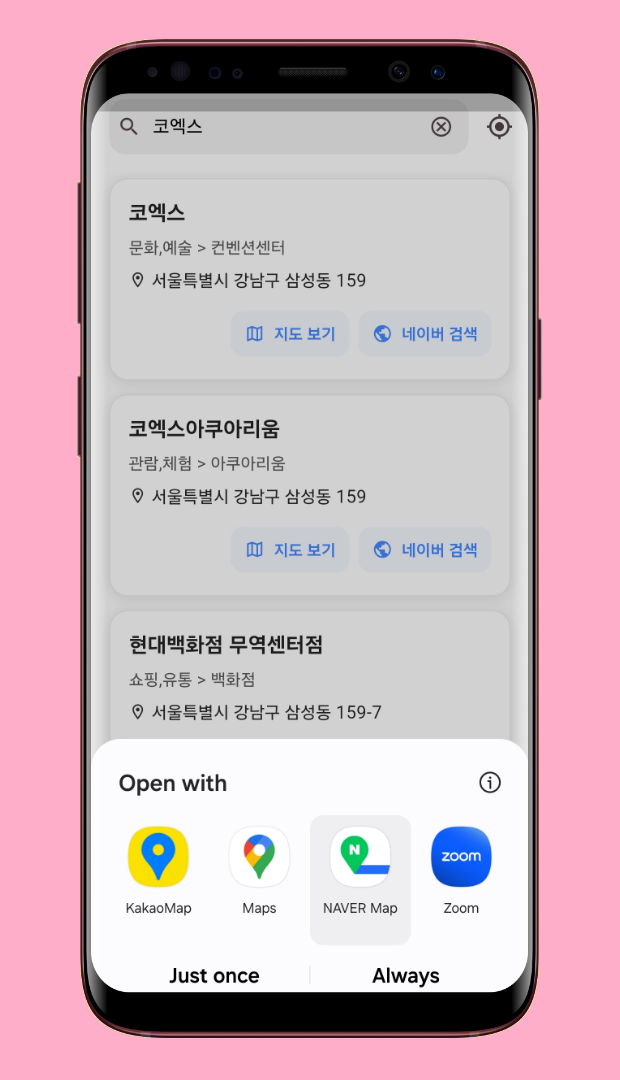
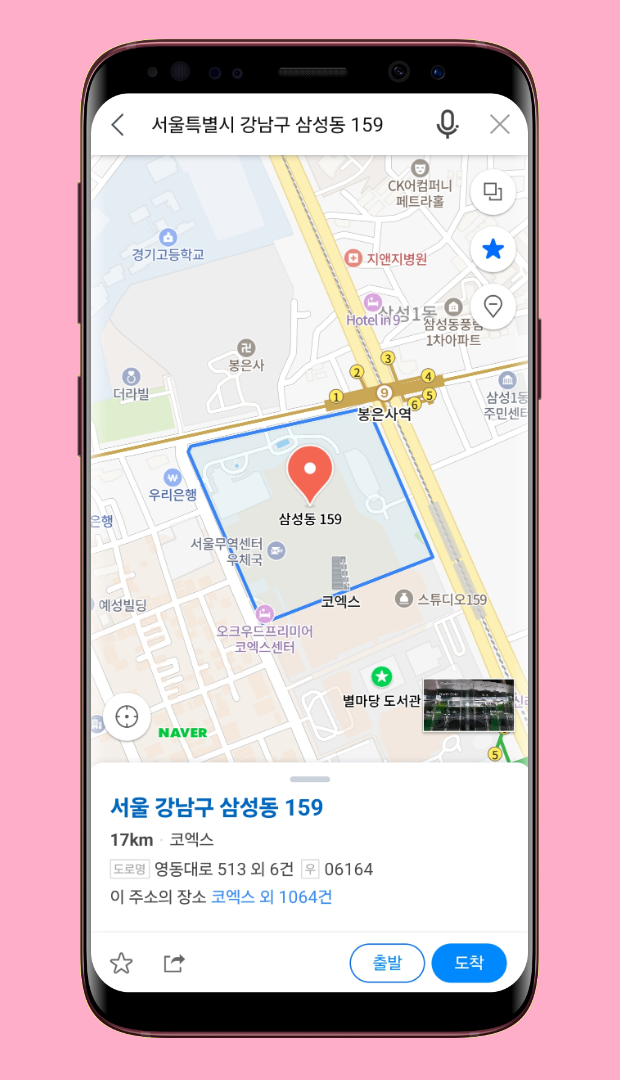
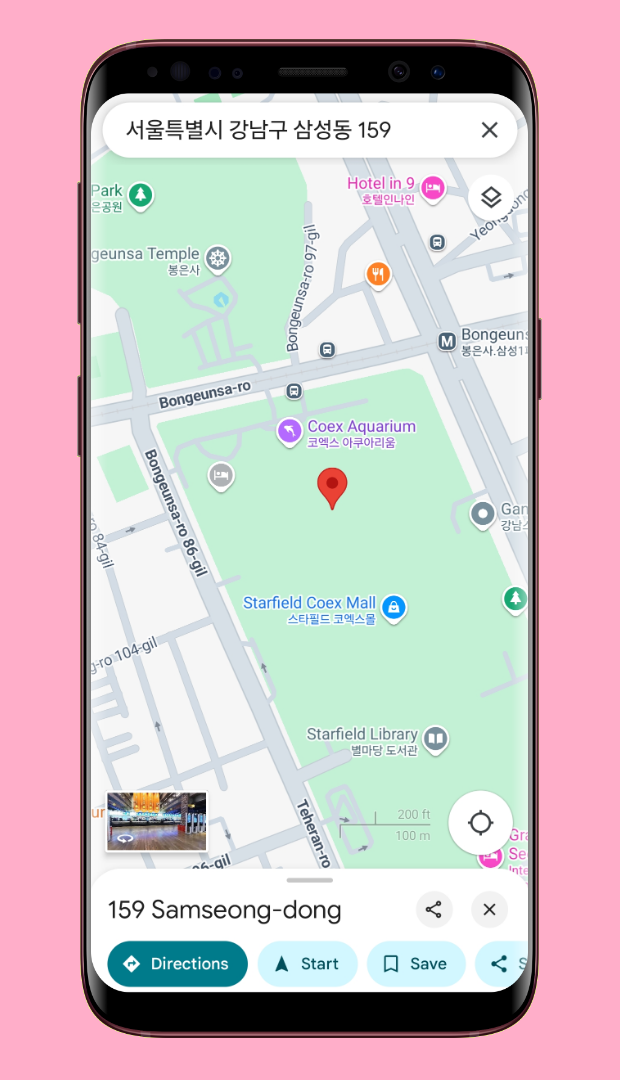
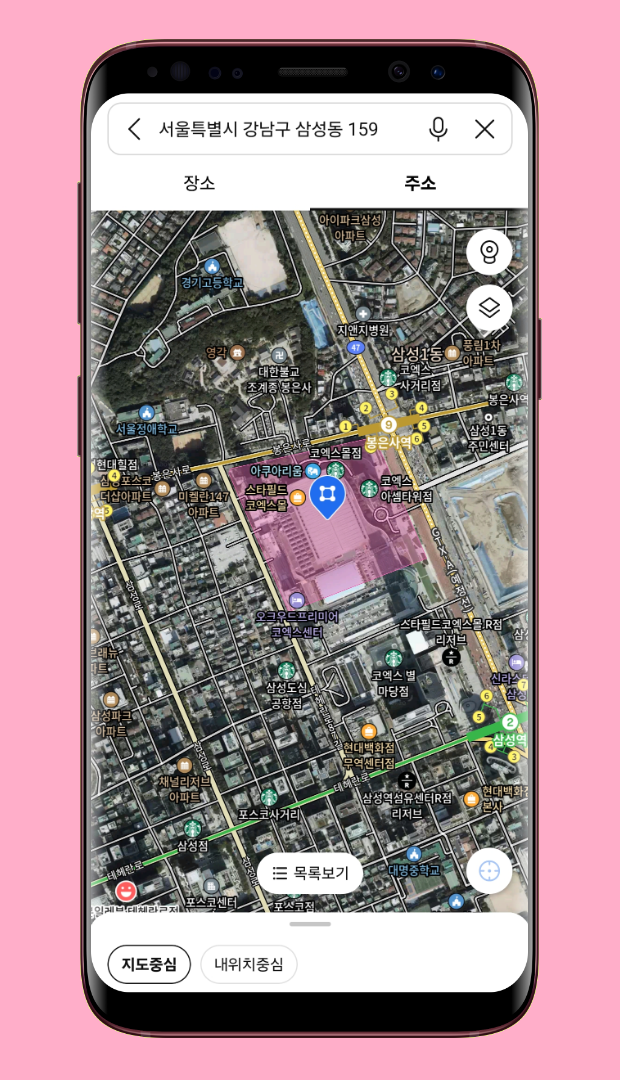
📖 Project Description
PlaceFinder helps users discover nearby places by searching by place names or addresses. The app uses Naver Local Search API and VWorld API to provide GPS-based location search and supports seamless redirection to popular map applications. Users can quickly explore local businesses, restaurants, and points of interest while accessing detailed information through in-app web view integration.
🛠️ Tech Stack
📋 Project Structure
├── app/ # App configuration and setup files
│ ├── constants/ # App-wide constant definitions
│ │ ├── app_colors.dart # Color constants
│ │ ├── app_constants.dart # General app constants
│ │ └── app_styles.dart # Style definitions
│ ├── app_providers.dart # Riverpod provider setup
│ └── theme.dart # App theme configuration
│
├── core/ # Core functionality and common utilities
│ ├── exceptions/ # App-wide exception classes
│ │ └── data_exceptions.dart # Data-related exception classes
│ ├── services/ # External service integrations
│ │ └── map_launcher_service.dart
│ └── utils/ # Helper functions and utility classes
│ ├── geolocator_util.dart
│ ├── snackbar_util.dart
│ └── string_format_utils.dart
│
├── data/ # Data layer and data access
│ ├── dto/ # Data Transfer Objects
│ │ ├── naver_place_dto.dart
│ │ └── vworld_district_dto.dart
│ ├── model/ # Data models
│ │ └── place.dart
│ ├── network/ # Network communication
│ │ └── dio_clients.dart
│ └── repository/ # Repository implementations
│ └── location_repository.dart
│
├── ui/ # User interface
│ ├── pages/ # App screens
│ │ ├── home/ # Home screen
│ │ │ ├── home_page.dart
│ │ │ ├── home_view_model.dart
│ │ │ └── widgets/
│ │ │ └── home_list_item.dart
│ │ └── web/ # WebView screen
│ │ ├── place_web_page.dart
│ │ └── place_web_page_view_model.dart
│ └── widgets/ # Common widgets
│ └── error_layout.dart
│
└── main.dart # App entry point
🎯 Key Features
- Place Search: Search for locations by entering place names or addresses through Naver Local Search API
- GPS Location Search: Find nearby places using current GPS location with one-tap access
- Detailed Place Information: Click on any search result to view detailed information through the place’s web page
- Map App Integration: Launch places directly in device map apps (Google Maps, Apple Maps, Naver Map, etc.)
- In-App Naver Search: Browse Naver search results within the app using Custom Tabs (Android) and SFSafariViewController (iOS)
🌟 Implementation & Achievements
Real-time Location-Based Search
- Integrated
Geolocatorfor GPS coordinate acquisition withVWorld APIto automatically identify user’s current administrative district - Implemented automatic nearby place loading on app startup to enhance user convenience with immediate local results
- Built reliable location detection with location permission handling and exception management
Naver Local Search API and VWorld API Integration
- Implemented secure API communication through
Bearer Tokenauthentication andDioHTTP client - Processed place names, categories, addresses, and links with HTML tag cleaning and string formatting utilities
- Supported coordinate-to-address conversion via VWorld API for accurate location identification
- Configured
BaseOptionsfor consistent HTTP settings with 10-second connection/reception timeout and debug logging throughLogInterceptor
Native App Integration and User Experience Enhancement
- Platform-Specific Map App Integration
- Android: Implements
Geo URIscheme allowing users to choose from installed map apps (Google Maps, Naver Map, KakaoMap) - iOS: Detects Naver Map installation and automatically falls back to Apple Maps when unavailable
- Implemented
URL Launcherintegration for smooth transitions to map applications - Added ‘Search on Naver’ buttons to each place listing for accessing additional details within the app
- Android: Implements
- InAppWebView-Based Detailed Information Access
- Implemented mobile-optimized web page loading with
Custom User Agentconfiguration - Improved user wait time perception through loading indicators and error handling
- Provided integrated in-app experience using
InAppBrowserViewmode for Naver search integration
- Implemented mobile-optimized web page loading with
Robust Exception Handling and User Feedback
- Layered Exception Handling System
- Implemented custom exception classes including
ApiException,NetworkException,EnvFileExceptionfor specific scenarios - Provided intuitive error messages for network connection errors, no search results, missing environment variables, etc.
- Optimized user notification experience with duplicate snackbar prevention logic
- Implemented input validation to block empty search queries and prevent duplicate API requests during active searches, reducing unnecessary network calls
- Improved user feedback for place details by preventing access to invalid or empty links and displaying snackbar notifications
- Implemented custom exception classes including
- User-Friendly UI/UX Implementation
- Added search bar with clear button, GPS icon, and loading indicators for better user interaction
- Enhanced readability by providing
Tooltipfor long addresses - Implemented card-style list items using
InkWelleffects and shadows - Added automatic keyboard hiding on screen touch through
GestureDetectorfor better user convenience
Development Efficiency and Code Quality
- Riverpod-Based State Management
- Implemented testable architecture through
Providerpattern and dependency injection - Achieved consistent management of loading, error, and data states using
AsyncValue - Ensured data integrity and minimized external API dependencies through separation of
DTOandModel
- Implemented testable architecture through
- Environment Variable Security Management
- Secured API keys and separated environment-specific configurations using
flutter_dotenv - Provided a
.env.examplefile to guide development environment configuration
- Secured API keys and separated environment-specific configurations using
- Reusable Component Design
- Implemented independent widget components including
HomeListItem,MessageLayout - Eliminated code duplication through common utility classes like
StringFormatUtils,SnackbarUtil - Ensured design consistency through unified app theme file and color system
- Implemented independent widget components including
🌱 Problem Solving
iOS Map App Integration Silent Failure
-
Problem
On iOS, when Naver Map is not installed andlaunchUrl()is called with thenmap://custom scheme, it fails silently without any response. TheApple Mapsfallback configured withtry/catchnever executes, leaving users with no feedback or alternative action. - Initial Approach and Reasoning
- I had experienced reliability issues with
canLaunchUrl()in the Android implementation. It would returnfalseeven for executablegeo:URIs:
if (await canLaunchUrl(Uri.parse('geo:0,0?q=$encoded'))) { // Would return false despite being executable }- After encountering this Android behavior, I assumed
canLaunchUrl()would be equally unreliable on iOS, so I usedtry/catchfor failure handling on both platforms
- I had experienced reliability issues with
- Why the Initial Solution Failed
static Future<void> openInMap(String queryAddress) async { if (Platform.isIOS) { try { await launchUrl(naverUri, mode: LaunchMode.externalApplication); } catch (e) { // This catch block never executes on iOS final appleUri = Uri.parse('http://maps.apple.com/?q=$encoded'); await launchUrl(appleUri, mode: LaunchMode.externalApplication); } } }The approach failed because iOS
launchUrl()doesn’t throw exceptions for unavailable apps - it just silently does nothing, so the catch block never executes and Apple Maps never launches. - Platform-Specific Behavior Analysis
After reviewing documentation and GitHub issues, I discovered the key differences:- iOS: Fails silently when no app can handle the URL scheme, requiring pre-validation with
canLaunchUrl() - Android: Exception-based handling works reliably for standard schemes like
geo:
- iOS: Fails silently when no app can handle the URL scheme, requiring pre-validation with
-
Final Solution
Implemented platform-specific handling that works with each OS’s characteristics:static Future<void> openInMap(String queryAddress) async { if (Platform.isIOS) { final naverUri = Uri.parse('nmap://search?query=$encoded&appname=$appName'); if (await canLaunchUrl(naverUri)) { await launchUrl(naverUri, mode: LaunchMode.externalApplication); } else { // Naver Map unavailable, use Apple Maps final appleUri = Uri.parse('http://maps.apple.com/?q=$encoded'); if (await canLaunchUrl(appleUri)) { await launchUrl(appleUri, mode: LaunchMode.externalApplication); } } } else { // Android: Keep try/catch approach for geo URIs try { await launchUrl(geoUri, mode: LaunchMode.externalApplication); } catch (e) { log('Could not launch map: $e'); } } } - Key Insights
- Platform-Specific Behavior: Realized the importance of understanding each platform’s unique handling of external app integration in cross-platform development. Experiences from one platform should not be directly applied to another
- Importance of canLaunchUrl() on iOS: Unlike the reliability issues on Android, it’s an essential pre-check tool on iOS
- Debugging Silent Failures: Learned approaches for troubleshooting issues where no exceptions occur
- Results
Resolved issue and achieved reliable map app integration on both platforms: iOS users get Naver Map when available, with Apple Maps fallback, while Android users can choose from their installed map applications









